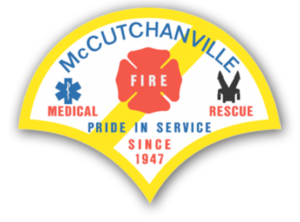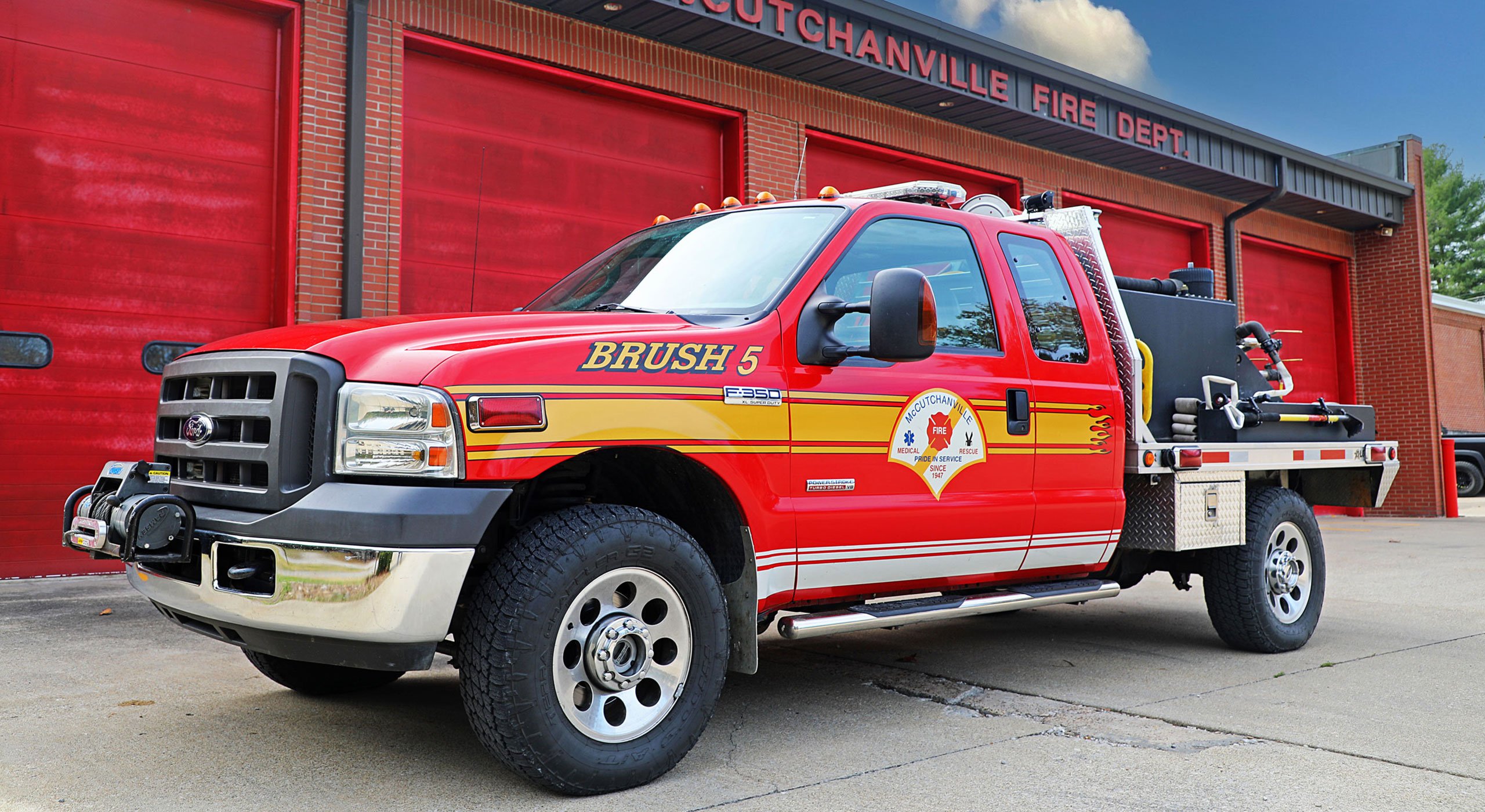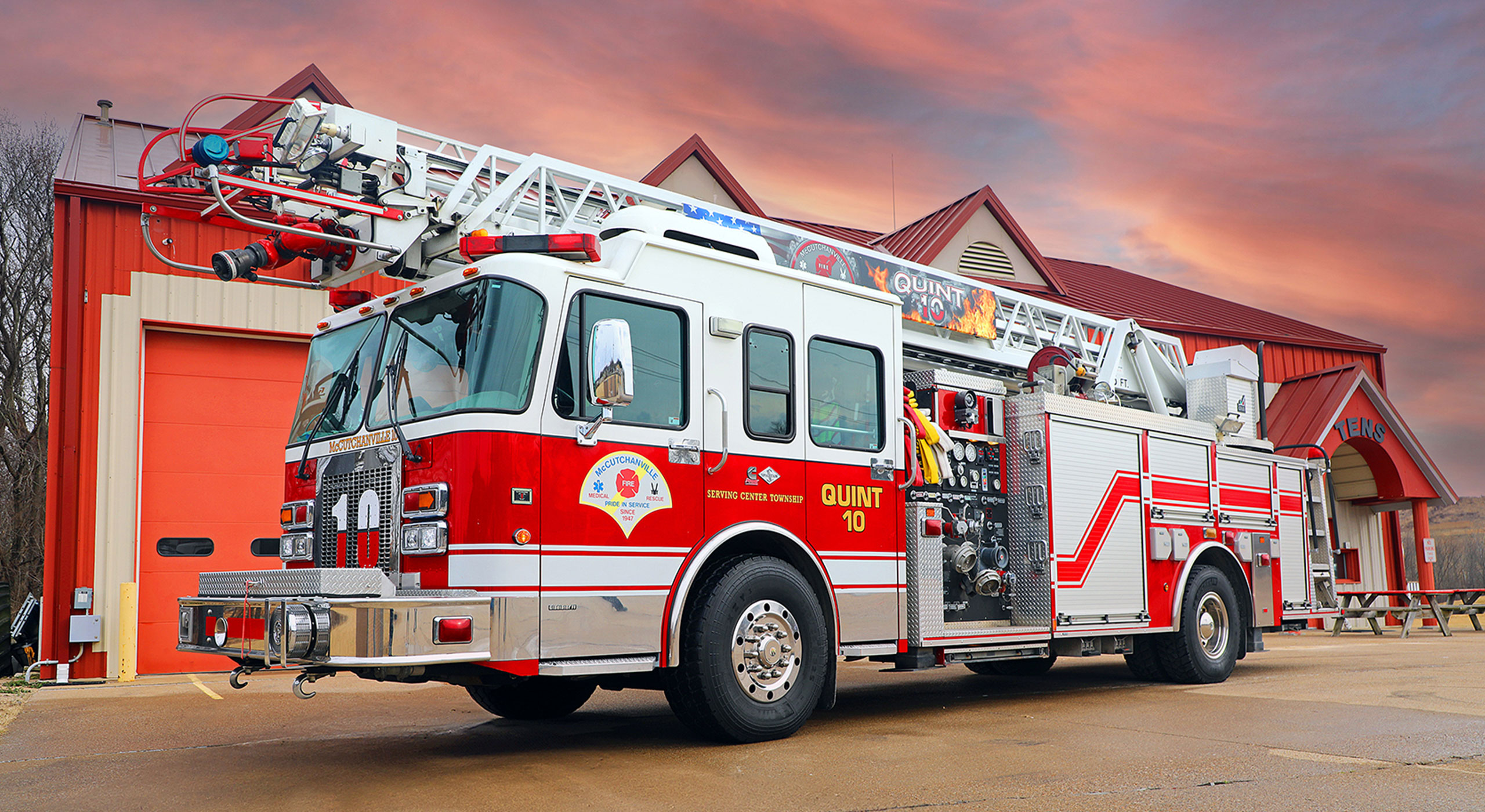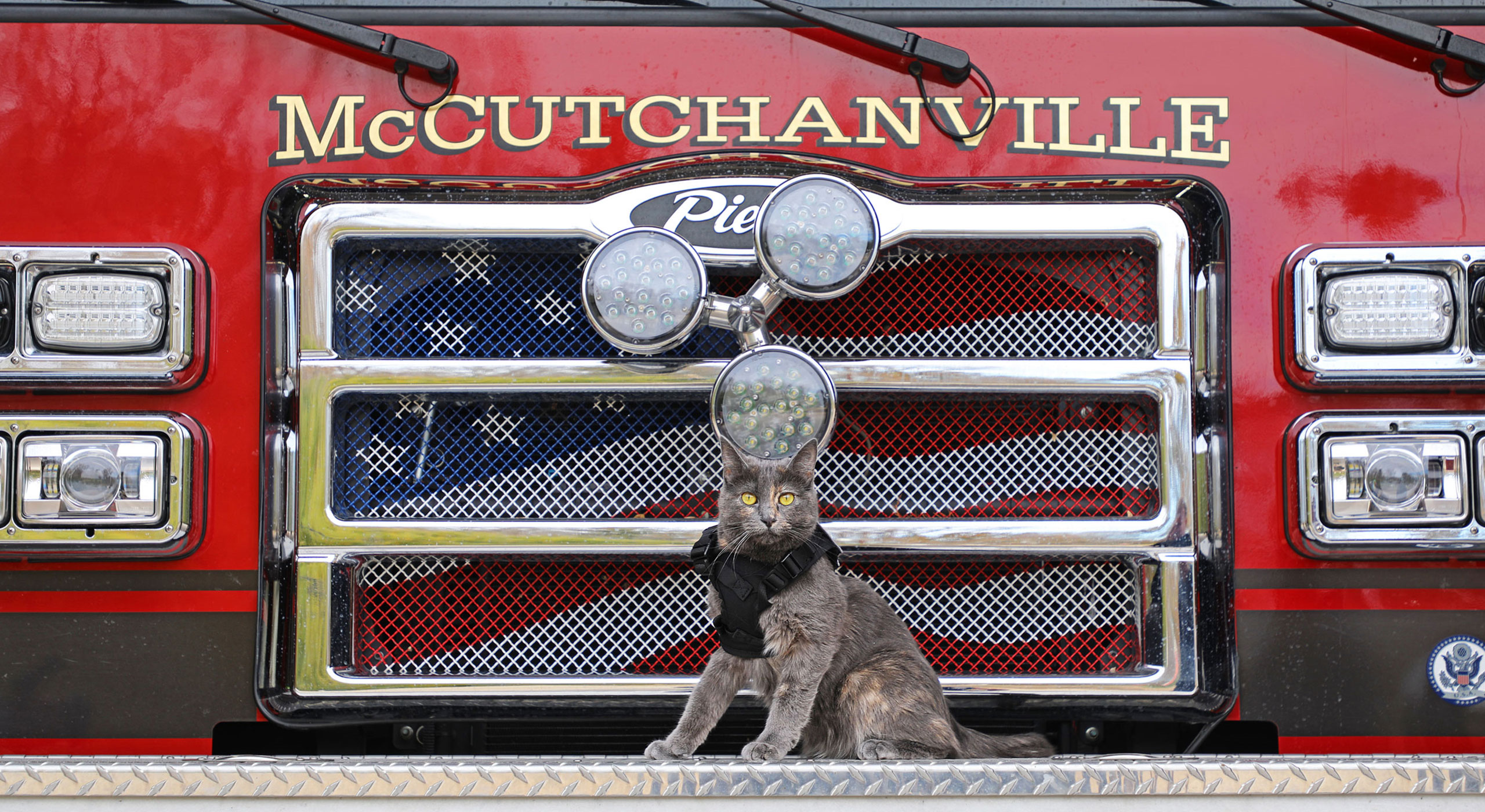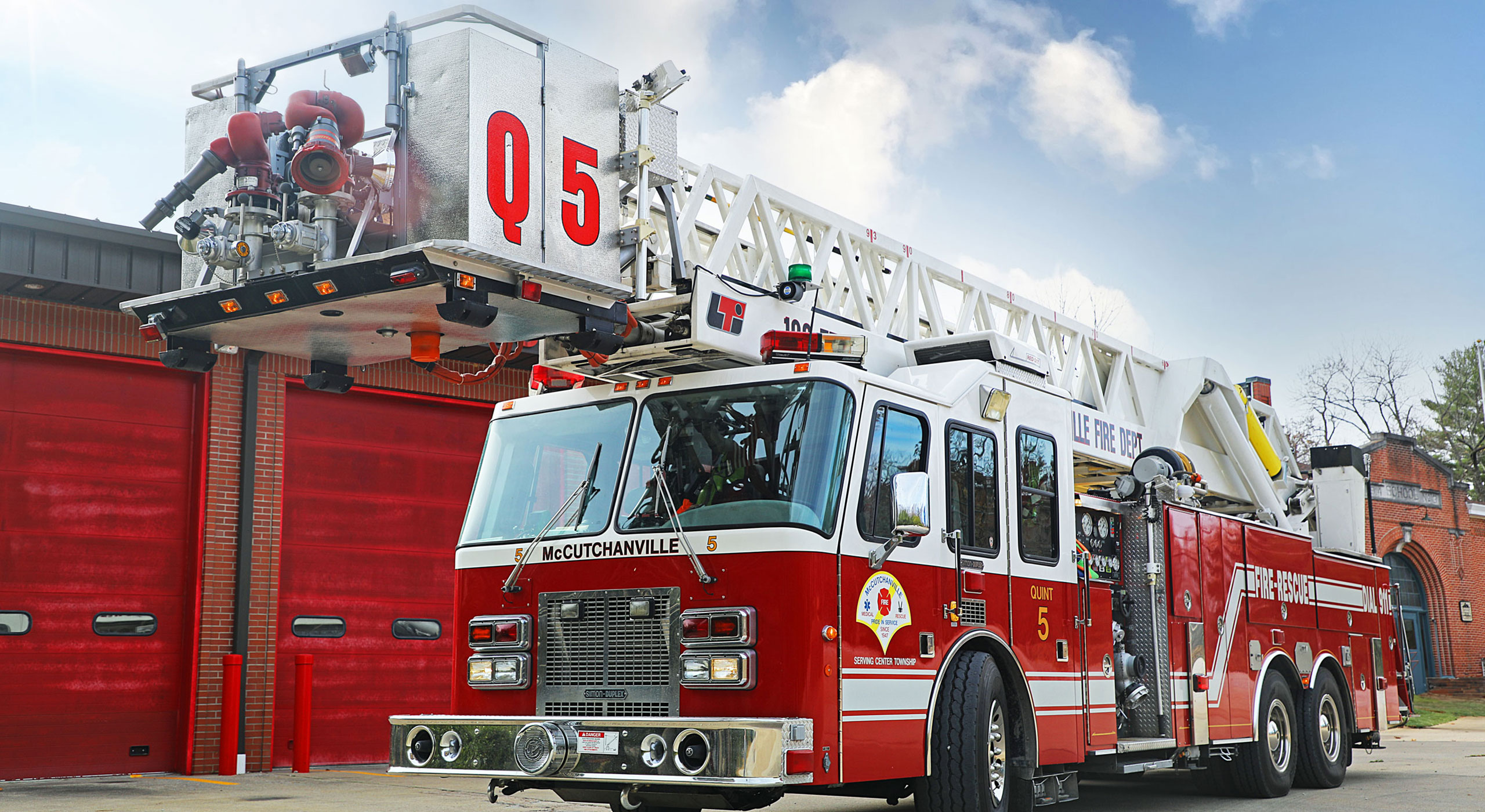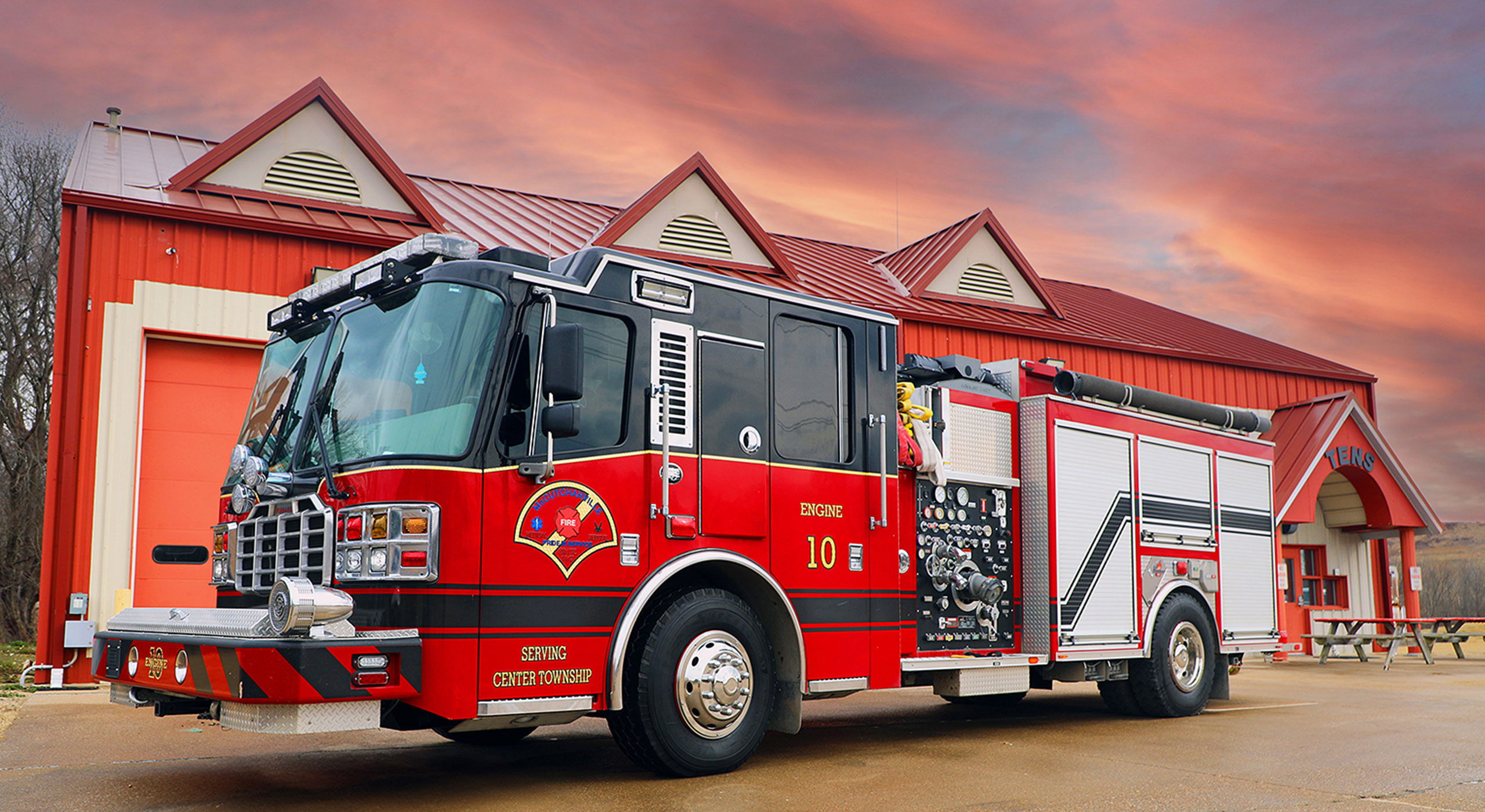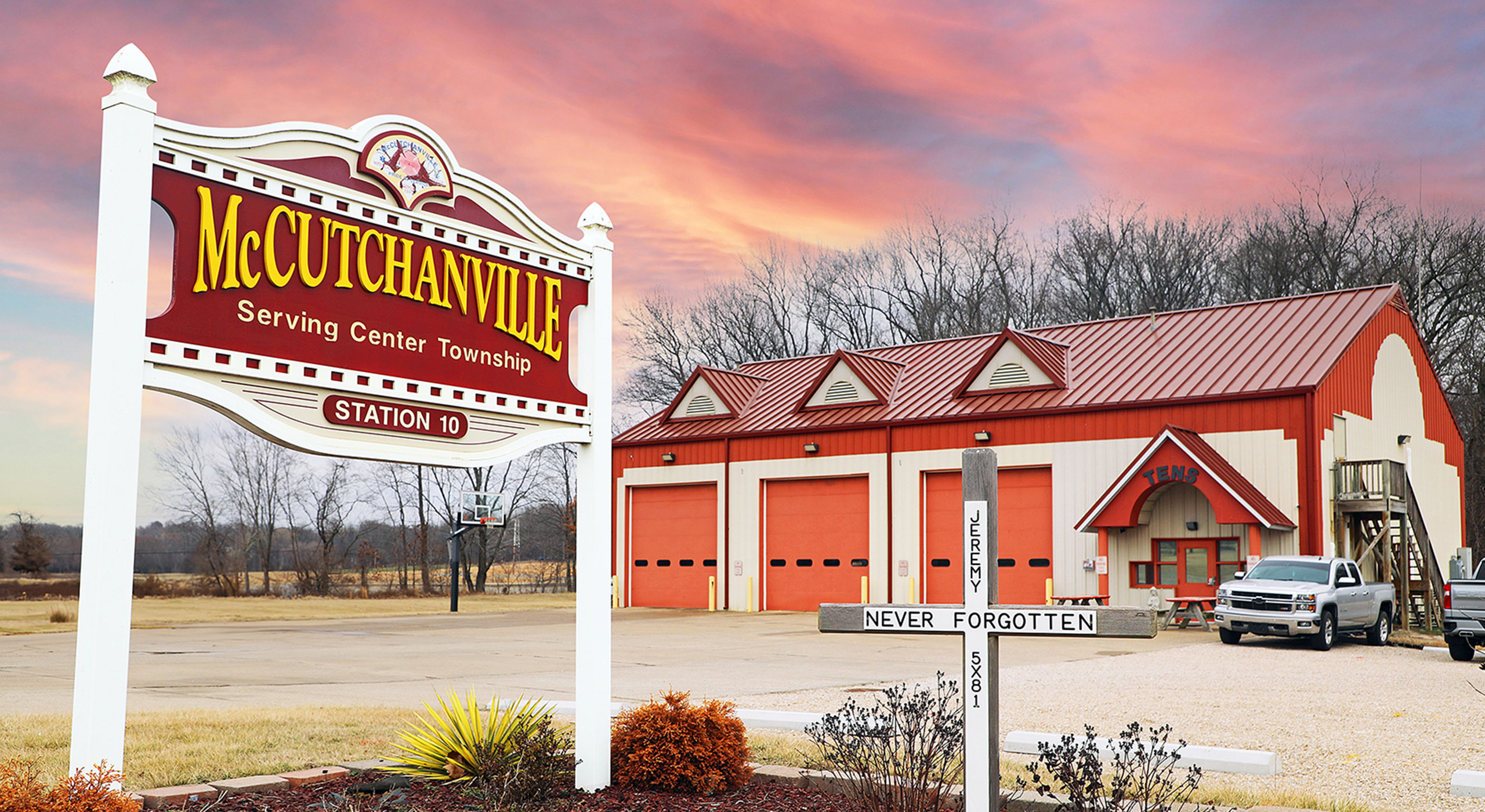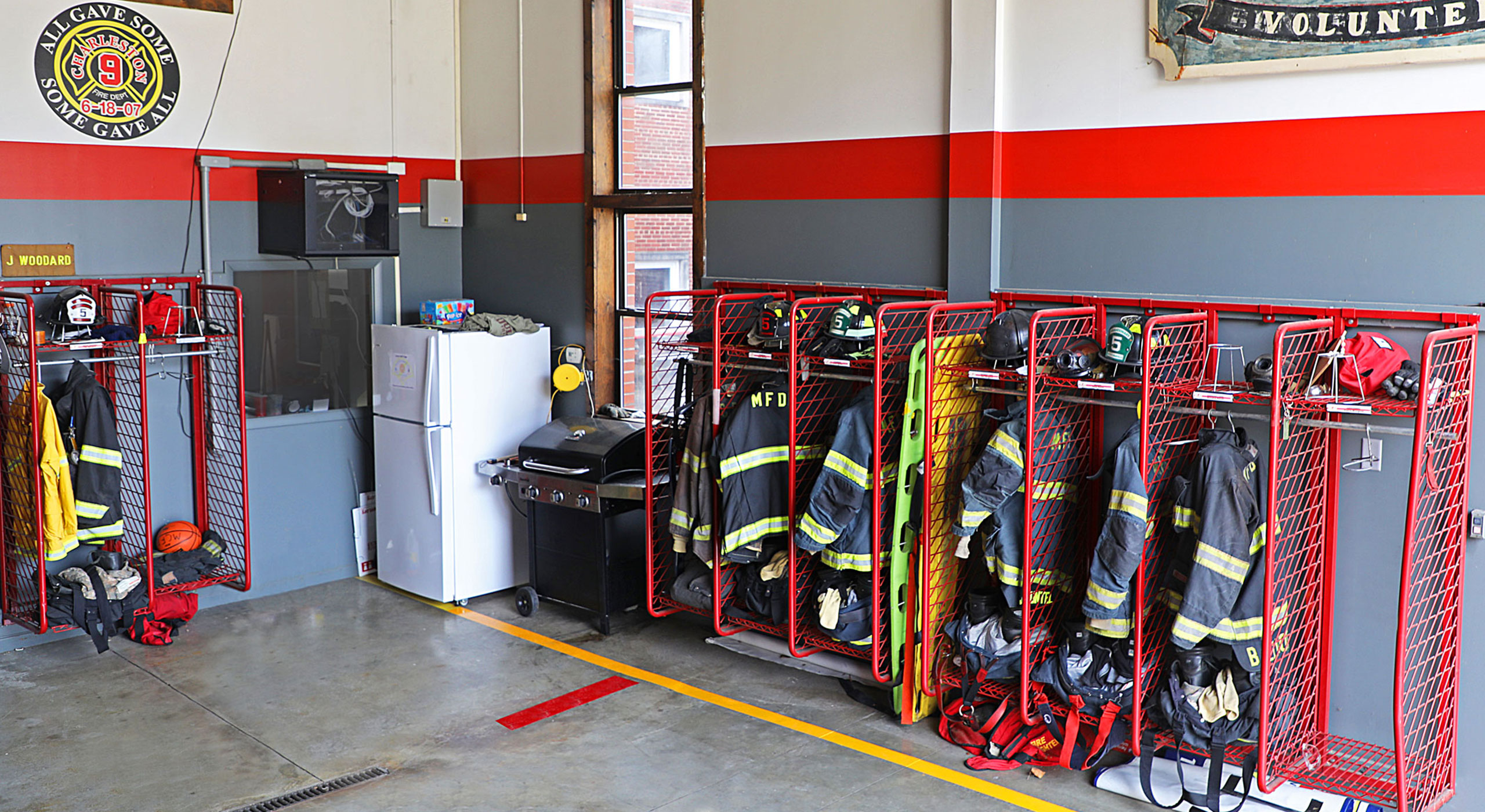For Emergencies Please Call 911
Drury Inn Plane Crash
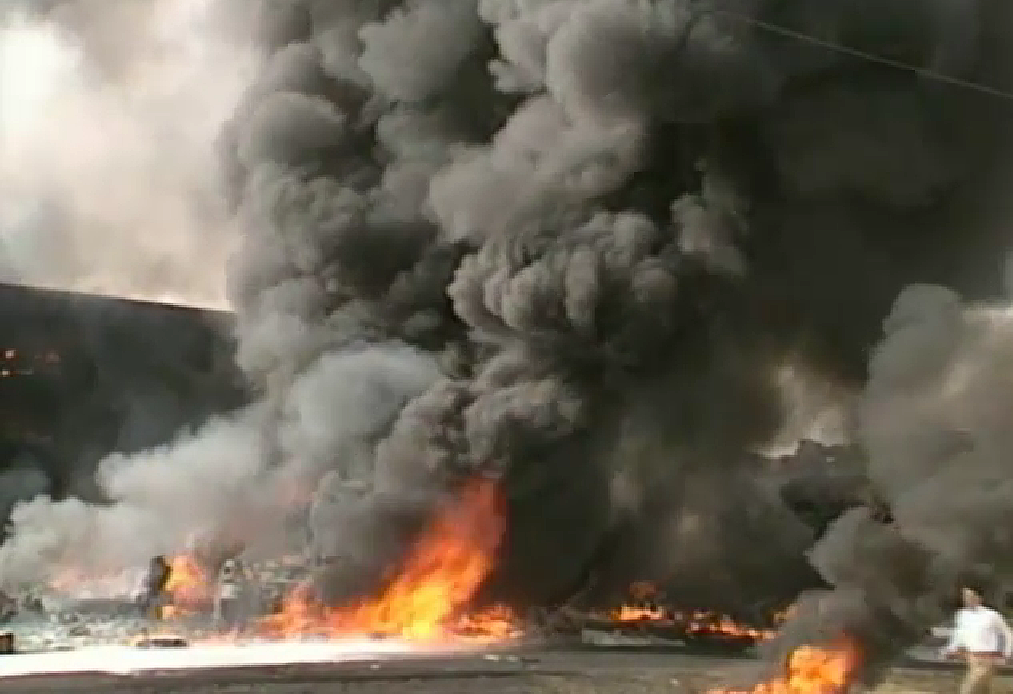
Unlike most winter days in the Tri-State, the morning of Thurs., Feb. 6, 1992, dawned clear, warm, and calm. It was a good day to fly, thought Bob Working, manager of Evansville Regional Airport. Two miles down the road, 21-year-old Brian Foronda wasn’t thinking much about the weather. He was working in the kitchen of JoJo’s Restaurant at U.S. Highway 41 and Lynch Road. By 9:45, the breakfast crowd was thinning, giving Foronda a chance to start chopping heads of lettuce for lunchtime and talk about the previous night’s basketball game between the University of North Carolina and Duke University with his buddy and fellow employee, Matt Phipps, the dishwasher.
At the same time, a five-member crew from the Kentucky Air National Guard’s 123rd Tactical Airlift Wing based at Standiford Field in Louisville was practicing touch-and-go landings at Evansville Regional Airport. It was part of routine pilot training in their C-130B Hercules, a hulking, four-turboprop military transport plane. Standiford Field had just radioed the crew with instructions to wrap up the exercise and return to Louisville when one of the two co-pilots, under the direction of an experienced instructor pilot, performed a low-level turning maneuver south of the airport. But the lumbering aircraft was going too slowly as the turn began.
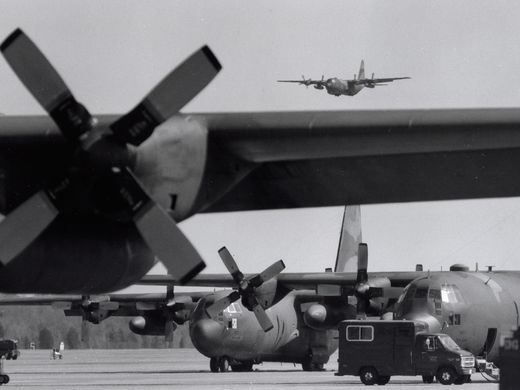
From 1,300 feet, the C-130 stalled and fell from the sky, smashing almost straight into the ground at the north end of the Drury Inn and the east end of JoJo’s (now Denny’s). The force of the impact was so powerful that large chunks of the concrete swimming pool deck were later found on top of the four-story hotel. All five inside the plane died instantly. The fireball created from the fuel inside the aircraft roared through the windows of room 416, a meeting room on the fourth floor of the Drury where two instructors from the University of Southern Indiana were conducting a management seminar for 11 employees of Evansville-based Plumbing & Industrial Supply Co. Nine of the 13 in that room were killed, including four whose bodies were found still in their seats at the conference table.
“I was on my phone with the airport’s attorney, and the lights flickered,” Working recalls 20 years later. “Right after that, I heard ‘Code 16,’ which goes out if there’s an aircraft accident, but I didn’t think much of it at the time. It wasn’t that unusual — but it’s usually minor. Then I went to the observation deck and saw the pillar of black smoke. That’s when I knew it was a lot more serious.”
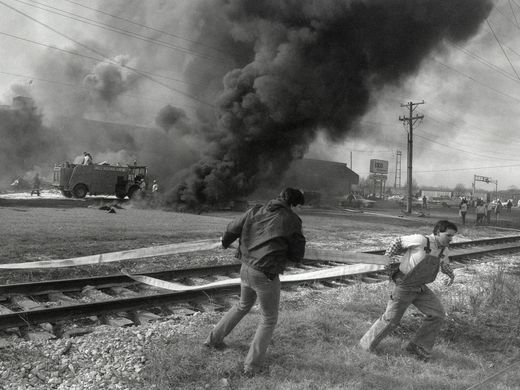
At JoJo’s in the moments prior to the crash, as Foronda chopped lettuce, the 28-year-old Phipps walked to the back of the kitchen on the east end of the building. A few seconds later, 27-year-old waitress Lynette Scott walked past.
“Then I heard a loud sound like a plane flying real low, and within a fraction of a second it became the loudest thing I ever heard in my life,” recalls Foronda. “I got knocked down, and my first thought was maybe we had been bombed; this was near the time of Operation Desert Storm. My second thought was, ‘My boss is going to be mad because we have so much mess to clean up.’ And then my third thought was to get out of the building because there was a fire. When I got to the front, my boss was the only other one left inside, and he told me to get out. I told him, ‘No, I’m not leaving without Matt.’ I called for Matt, and I expected him to walk out, but he didn’t. I waited, and finally the fire department sent someone in wearing a moon suit and made me leave. Then, later, I realized Lynette had walked back to the break room, probably to smoke a cigarette.”
Phipps and Scott died when a large piece of the tail section crushed the back of the restaurant. Foronda was the only person among the approximately 15 inside JoJo’s at the time of the crash who was hospitalized. He was treated for a cut on the back of his head and smoke inhalation.
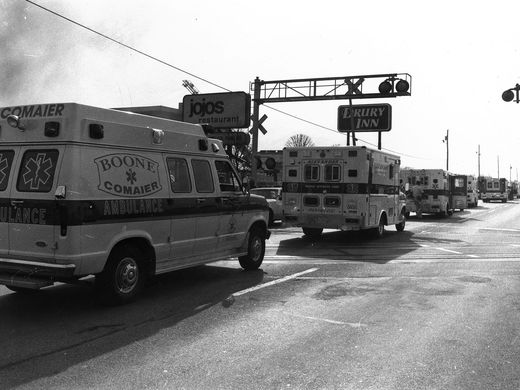
“I know you always hear a bunch of compliments when someone dies, but Matt and Lynette were the two best people employed there,” Foronda says. “They were the two people I would have trusted with my own kid. They were both very genuine. Lynette was very kind. Matt was a unique individual — very organized, a great guy.”
The death toll from Feb. 6 remained at 16 until Feb. 24, when Evansville Police Department officer James Gibson Jr. died at his home. Gibson was one of the first policemen on the scene and entered the Drury several times to help victims, according to reports. He was admitted to a hospital later that day after complaining of sickness. His death was ruled suicide from a prescription drug overdose, although family members disputed the coroner’s findings.
The tragic accident cost the Air Force $36.3 million to settle wrongful death, personal injury, and property damage claims. A little more than $1.7 million was spent to restore the Drury Inn, and it re-opened on June 19, 1992 — without a room 416. That area has been used for storage ever since the re-opening. JoJo’s was rebuilt and re-opened later that year.
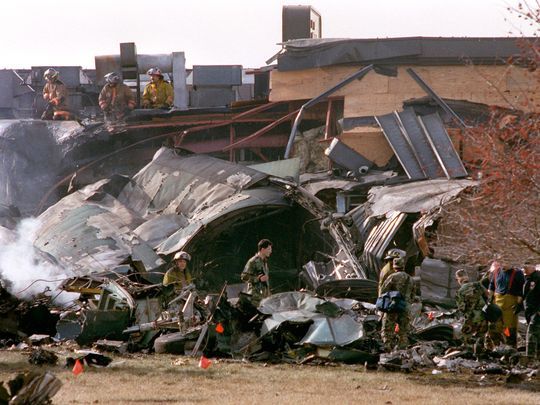
For the families and close friends of the 17 who died, the restorations and wrongful death settlements may bring little consolation. However, Evansville-Vanderburgh County Emergency Management Agency Director Sherman Greer insists that tragedies such as this can be used to help future responders. Now 63, Greer was on the scene with the Gibson County ambulance service the night of Dec. 13, 1977, when the plane carrying the University of Evansville basketball team crashed near the Evansville airport. He was the EMA director when the C-130 crashed in 1992 and has been a key organizer for response teams dealing with disasters such as the tornado in November, 2005, which killed 20 in Vanderburgh County and five in Warrick County.
Asked to compare emergency response actions at the 1977 and 1992 airplane crashes, Greer says, “There was no comparison between the two, none whatsoever. It was much more organized in 1992. I know people from the fire department and police department who worked the Aces’ crash. They made sure plans were made afterward to improve the coordination; they didn’t want the same things to happen. People knew their responsibilities much better in ’92. That day, the police chief, fire chief, emergency medical people, and the people from the Drury Inn and JoJo’s got together right away. The Red Cross was there to help families. You’re behind the eightball right away when tragedies like 1992 occur because there’s no time to prepare. You have to get yourself organized quickly, and that’s something that each of these disasters has taught us.
“We got rave reviews from our response to the 2005 tornado, and a lot of that was because of what we learned from responding to the plane crash in 1992. We do after-action reports like these right here,” Greer says as he picks up a thick booklet. “We take those lessons learned, make corrections in our existing plans, disseminate them to all the responders, and then practice it. But we learn the most from a real event.”
One change that came from the 1992 crash was increased security measures. Good Samaritans abounded in the chaos immediately following the crash at the Drury Inn and JoJo’s, but their selflessness put them and others in peril, according to Greer.
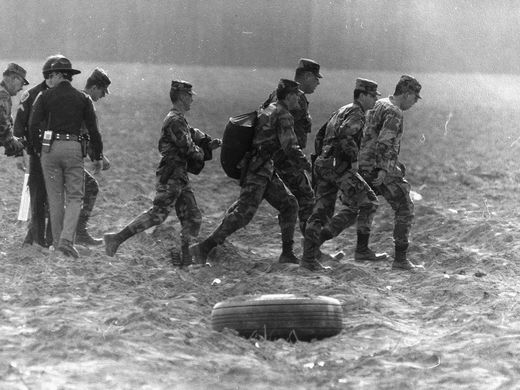
“People were walking around and wading through stuff,” Greer remembers. “You didn’t know if you were going to go home that night and see your shoes glowing. There was a lot of hazardous material on that plane. People were coming in to help who we should have kept at bay. There could have been secondary explosions. We were lucky that didn’t happen. Now, as a result of what took place at the Drury and JoJo’s in 1992, we determine very quickly who has access and who does not.”
Another change was the stoppage, at least temporarily, of military training exercises at Evansville Regional Airport. In the weeks following the crash, Whirlpool Corporation officials protested the training flights most vehemently, which was not surprising since their Highway 41 plant just south of the airport employed hundreds at the time. The military acquiesced, although Working says there has been a slow but steady increase in the number of military training flights in recent years. Working retired in 2010 after 24 years as manager. According to him and current airport manager Doug Joest, there is no policy saying military operations such as touch-and-go’s are prohibited. In fact, Evansville Regional officials could not prevent military training exercises from taking place even if they wanted to, since the airport receives federal grants to help pay for construction projects. “There is a whole host of grant assurances,” says Joest. “If the federal government is paying for a runway, they have the right to use it.”
Adds Working, “I do recall a C-130 coming down here from Peoria (Ill.) not too many years ago and conducting training exercises. I heard that some people were upset that they were allowed to be here in Evansville, but I never heard complaints from anyone directly. The crash took place a long time ago, but some people still remember.”
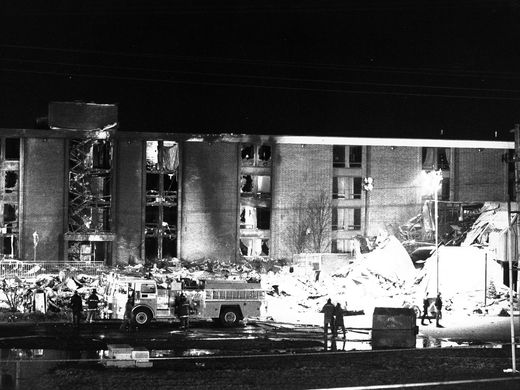
One who will never forget is Foronda. His only physical reminder from that day is the scar from the head laceration, hidden by his thick black hair. He began working at JoJo’s when he was still a Central High School student in 1988 and mustered the courage to return there as an employee in the fall of 1992 when JoJo’s re-opened. For more than a year following the crash, he received help from a psychologist and psychiatrist to deal with post-traumatic stress disorder. Foronda moved up to general manager at JoJo’s before leaving the business in 2004. He still lives in Evansville.
“I have nightmares of being in a field, and a plane crashes, and I’m running from it,” Foronda says. “I used to have them every night 20 years ago, then maybe once a week 19 years ago, and now it’s once every three or four months.
“It used to be a struggle. It set me back emotionally, but the positive is that I don’t take things for granted as much as I did. I feel like I’m on borrowed time. What still gets me is what could have happened — if Lynette didn’t smoke a cigarette, if Matt didn’t walk to the back of the kitchen. Things like that go through my mind when I think about the last couple moments of their lives.
“Days later, after they took out the rubble at JoJo’s, half the building was gone. But one beam, coming up from the ground, was still in place toward the back of the place. I looked at it, and realized that’s right where I had been standing, chopping lettuce. That beam is what saved me.”
Casualties:
DRURY INN
Darrel D. Arnold, 38, Evansville
Charles R. Berqwitz, 22, Evansville
Robert A. Hayes, 45, Evansville
David W. Horton, 29, Evansville
Ronnie E. Keown, 45, Chandler, Ind.
Matthew J. Prasek, 27, Evansville
Thomas R. Ruby, 28, Evansville
John R. Stallings, 41, Evansville
Harry M. Tenbarge, 51, Evansville
JOJO’S
Matthew Phipps, 28, Evansville
Lynette Scott, 27, Evansville
KENTUCKY AIR NATIONAL GUARD CREW
Msgt. William G. Hawkins, 41, Crestwood, Ky.
Captain Warren J. Klingaman, 29, Louisville, Ky.
Msgt. John M. Medley, 38, Louisville, Ky.
Major Richard A. Strang, 39, Floyds Knobs, Ky.
2nd Lt. Vincent D. Yancar, 25, Louisville, Ky.
The EPD officer who died at home was James Gibson, Jr., 40, Evansville.
